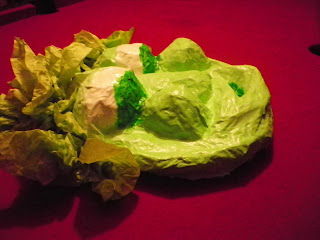1. Why did you select the inspiration pieces?
I chose these because even though they are all posed, none of them are trying to make themselves into something more extravagent than they are.
2. Why did you select the media to create your self-portrait?
I chose a webcam because it is easy and I can see how it will turn out as I take it.
3. What challenges did you face in creating your self-portrait and how did you overcome them?
I did not see many challenges, I just didn't exactly know how I should look.
4. How does this piece represent you?
It represents me because it is me, just sitting, not trying to make myself look more important that I am.
5. What elements and principles of art did you apply in this work?
I used color.
6. Did you enjoy working on this project?
I did.
7. What do you think of your final artwork?
I think the picture turned out fairly well.







